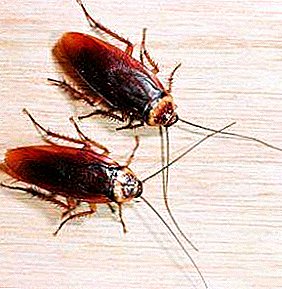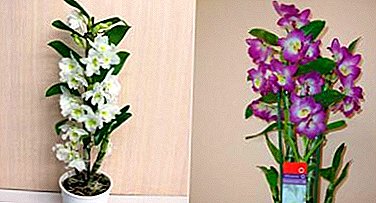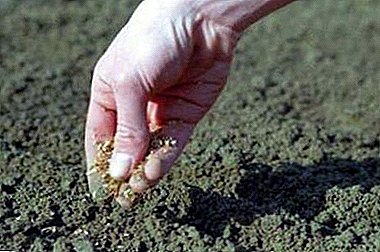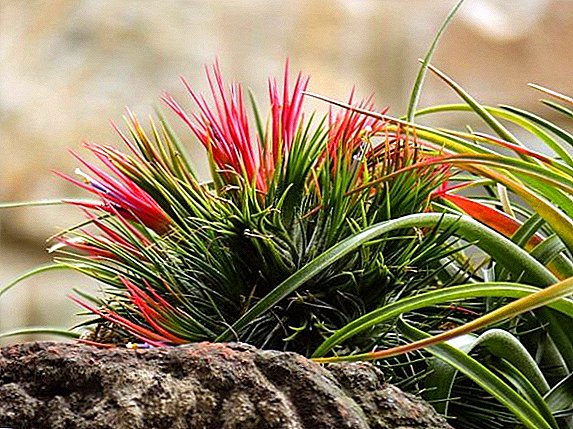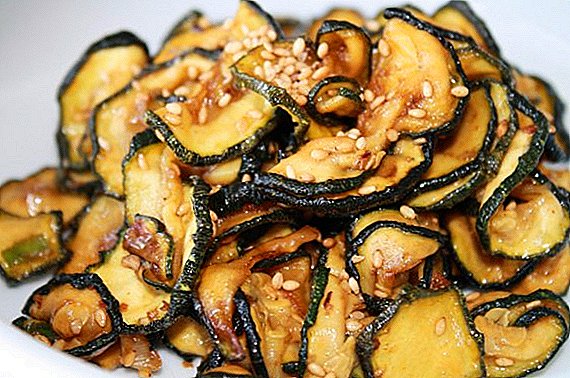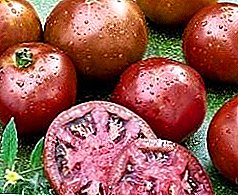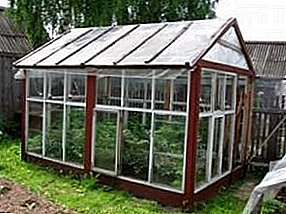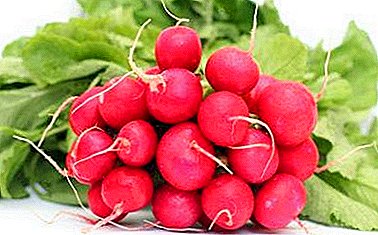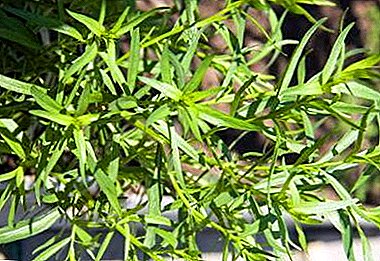
Estragon (or tarragon) is the only plant from the genus of wormwood that does not have the familiar bitter taste and strong odor.
Moreover, tarragon is actively used in cooking, traditional medicine and even cosmetology. The plant is completely undemanding, and even an inexperienced gardener will be able to grow it.
The most important thing is to choose the right place for landing. This article describes in detail the characteristics of growing tarragon - where to plant on the site and at home, how to choose the soil.
Where is the best place to plant tarragon on the site?
In order to properly plant tarragon in open ground, it is better to choose a brightly lit piece of land. Direct sunlight allowed but not required.
Ideal soil composition
 Comfortable tarkhun will feel in the light, water and breathable soil. Sandy loam with normal acidity and good drainage properties will do. To prevent overmoistening of the soil, it is necessary, if possible, to choose a place on a hill. In addition, the soil should be rich in mineral salts and organic substances (manure, humus).
Comfortable tarkhun will feel in the light, water and breathable soil. Sandy loam with normal acidity and good drainage properties will do. To prevent overmoistening of the soil, it is necessary, if possible, to choose a place on a hill. In addition, the soil should be rich in mineral salts and organic substances (manure, humus).
The best soil mixture for growing tarragon through seedlings will be a combination of sod, humus and sand in equal shares. The result is a light and acid-neutral soil, ideal for the plant. Drainage should be done to prevent root system diseases.: lay small pebbles 1-2 cm thick at the bottom and ensure the removal of excess liquid.
Do I need to fertilize the soil?
In the autumn, it is recommended to fertilize the selected plot of land: 5-6 kg of compost per 1 m² and a large spoonful of potash and phosphate fertilizers. In the spring, just before planting, it will not hurt to add a small spoon of ammonium nitrate, it will contribute to healthy growth and protect against fungal diseases.
In order to neutralize the acidic environment harmful to the plant, it is necessary to add chalk or dolomite flour to the soil, and every year for prevention, pour a glass of ash under the bushes. Tarragon requires moderate fertilizer. In the first year, there is no need to fertilize at all, and from the second year, organic matter, urea, superphosphate or complex mineral fertilizers (nitroammofoska) should be applied 10 grams per 1 m².
Desirable and Undesirable Precursors
Tarragon, like many other herbs and vegetables, will grow healthy and fragrant in the area where they used to grow legumes.
The fact is that the beans draw nitrogen mainly from the air and do not deplete the soil, and their organic residues decompose faster and feed subsequent cultures. And there, where they grew topinambur, salad or chicory, planting is not recommended. They belong to the same Astrov family and therefore consume the same nutrients, which affects the quality of the subsequent harvest.
Good neighborhood
Ideal neighborhoods can be achieved by planting tarragon next to most vegetables. Strong plant odor has a detrimental effect on pests and pathogenic bacteria.Thus, a healthy environment will be maintained and the overall condition of garden crops will be improved. Vegetables, in turn, do not obscure the tarragon and allow more efficient use of the land.
Where to land at home?
 Thanks to the compact root system, the tarragon will not be cramped in a pot. For successful development, the plant needs a lot of light, but the direct sun is not necessary, so the eastern window will do.
Thanks to the compact root system, the tarragon will not be cramped in a pot. For successful development, the plant needs a lot of light, but the direct sun is not necessary, so the eastern window will do.
Too high a temperature will not be very useful for the plant., it is necessary to maintain the temperature, which will be more favorable for the cultivation of tarragon - 17-20 ° C.
In the open ground, tarragon can withstand severe frosts, so drafts are not destructive for it, but still it is better not to allow them.
Consequences of wrong choice
- If there is an excess of moisture, tarragon roots will rot and become vulnerable to fungi.
- With a lack of light, the plant will not please with pomp, but if there is too much light, the green will fade.
- Excess humus (organic matter, source of root nutrition) will allow the green mass to thrive, but the concentration of essential oils will decrease along with the intensity of the aroma.
So, if you follow these simple guidelines and do not make a mistake when choosing a landing site, the tarragon grows equally well both in open ground and on a windowsill.


